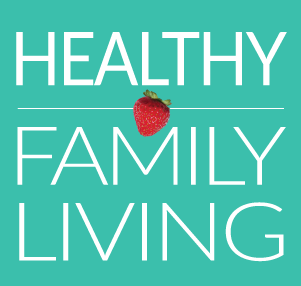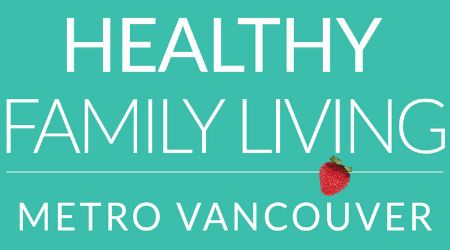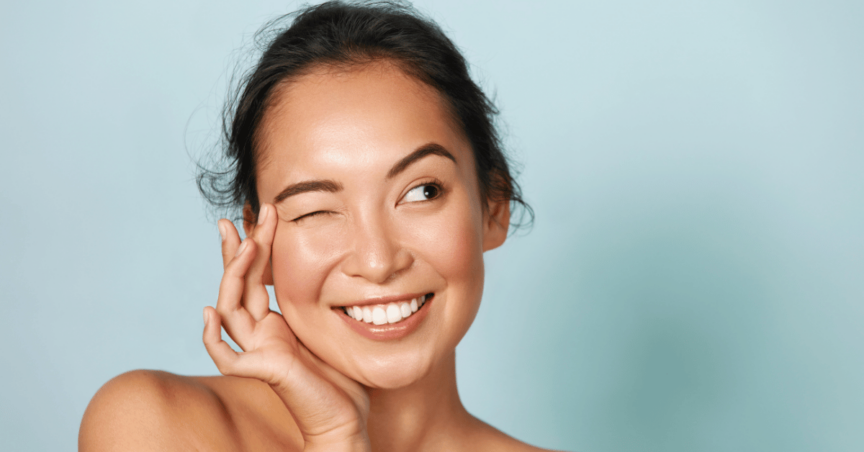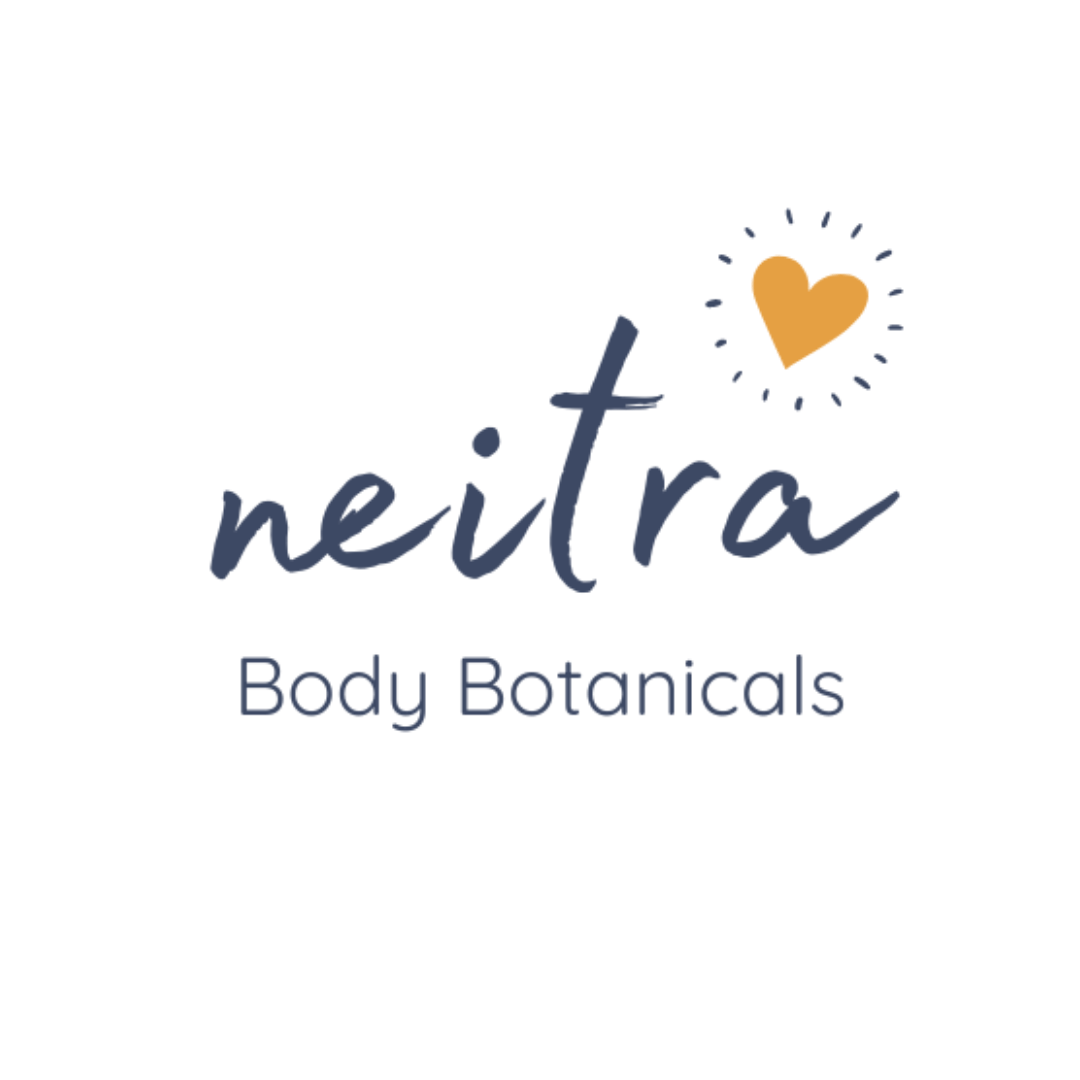Navigating the world of skincare can be daunting, but armed with knowledge about ingredients and their effects, you can make informed choices that support your health and well-being. By avoiding greenwashing and prioritizing products like Neitra Body Botanicals, we not only protect our health but also contribute to a more sustainable and transparent skin care industry. Your skin, the largest organ of your body, is an incredible protective layer which is also sensitive, porous and breathable. These qualities enable your skin to help balance your body and remove toxins. So, it's crucial to be mindful of not only what you put in your fabulous "earth suit" but what you put ON it too.
We have recently become fans of Vancouver's own Neitra Body Botanicals. We love their clean product line with all natural ingredients and light natural fragrances. We asked Neitra to help us understand more about how important natural skin care is for us and our families. Of all the products in our homes, "personal care" products are important to examine because we use them daily, and they come into contact with our skin and lungs frequently. We are very grateful for their list of 3 key points to watch for and 6 ingredients to avoid.

3 key things to watch for
Beware of Greenwashing!
Greenwashing is a term used to describe misleading marketing tactics used by companies to make their products appear more environmentally friendly or healthier than they actually are. Unfortunately, this phenomenon is very prevalent in the skincare industry where brands capitalize on the growing consumer demand for natural and eco-conscious products. An example of greenwashing in skincare is when a product claims to be "green" or "natural" based on a single botanical ingredient prominently displayed on the front label, while the rest of the formulation may still contain harmful chemicals or synthetic fragrances. This deceptive practice can lead consumers to believe they are making a healthier choice when, in reality, they may be exposing themselves to potentially harmful substances.
Daily Exposure Has a Cumulative Effect.
It's estimated that the average woman can put over 500 chemicals on her body each day through the cosmetics and body "care" products she uses. That fact alone is pretty scary, but the cumulative effect translates to around FIVE POUNDS of chemicals absorbed each year - through "beauty" products alone! Even more alarming, many of these ingredients have been found in cancer tumours and linked to immune dysfunction, hormone disruption and other health problems. According to some studies* Methylparaben, an ingredient found in many body care products, can react with UVB rays and cause DNA damage as well as increase the rate and appearance of aging. (*1, 2)
Where You Live Determines the Rules.
One might expect that companies or government bodies would ensure the products allowed on shelves are safe, but the reality is often quite different. Regrettably the beauty and cosmetics industry is "self-regulated" with no mandatory testing required before products hit the market. In the U.S., the FDA has no authority to require testing of ingredients. Although Canada has slightly stricter regulations, you'll still find known carcinogens and hormone disruptors in many products deemed "safe for human use". In contrast, products sold in countries with stricter regulations, like the UK and France, are often free from these harmful chemicals.

6 Ingredients To Avoid in skincare
Many skin irritations, including itchiness, rashes, and even eczema, may be your body's adverse reaction to the multitude of chemicals and synthetic ingredients in commercial products. Awareness of these ingredients is essential, as their impact extends beyond personal health to the environment. Did you know that up to 60% of what you apply to your skin can be absorbed within seconds, entering your bloodstream and circulating through your body? For babies and children this absorption rate can be as high as 90%. With this is mind, you can see why it is important to avoid these 6 toxic ingredients.
1). PARABENS (benzyl, butyl, propyl, methyl, ethyl, isobutyl): These chemicals are often used to prevent products from developing mould and fungus. (Usually in products that contain water - learn more about why water should NOT be in your skincare). Parabens are known endrocrine disruptors and have been found in breast cancer tumours. They're also suspected in causing testicular cancer in men as well as interfering with male reproductive functions. Remember, women aren't the only ones using skin care products - fellas need to be just as aware!
2). PTHALATES: This "family" of chemicals are mostly found in fragrances, perfumes and colognes. Pthalates are known hormone disruptors and are linked to reproductive and developmental issues in children as well as causing insulin resistance. Pthalates have also been linked to birth defects in male reproductive systems with some research linking to problems with the liver, kidneys, heart and lungs.
3). TRICLOSAN: Mainly used in deodorants, antiperspirants and hand sanitizers or anti-bacterial soaps, they're also found in laundry detergents, and cosmetics. According to the EPA, Triclosan is technically a pesticide and kills bacteria. But as you may know, some bacteria are NOT harmful to you so "killing them all" can actually have a negative effect on your health. Worst of all, Triclosan has been classified as bio-accumulative (meaning it does not biodegrade) and it builds up as it's washed down our drains making it harmful to our environment and toxic to aquatic life.
4). DEA - Dethanolamine (and DEA compounds): Used in many products including soaps, shampoos, moisturizers, cosmetics, cleansers, even sunscreen. It can be used to make products creamy or sudsy or to counteract the acidity (adjust the pH levels) of other ingredients in products. While DEA is known to cause skin and eye irritation, the EU has gone so far as to warn that prolonged exposure can cause serious damage to your health. (*3)
5). PEGs (ex. PEG-4, PEG-100) Polyethylene glycol (and compounds): Just to be clear here, PEG isn't a "single" ingredient but rather an entire "class" of them; the number that follows actually represents the units of ethylene glycol. And FYI, the lower the number the more easily absorbed it is. Derived from petroleum (yes, petroleum) PEG is a de-greaser and you'll also find it in oven degreasers - NOT KIDDING! - so no doubt it'll strip your skin of beneficial moisture. PEGs are also used to "carry" moisture in skin care products. (In cosmetics to make things creamy or as thickeners). PEG has also been "praised" to "enhance penetration" - meaning it increases the absorption of a product by your skin. But wait, you NOW know that means ingredients that could be harmful to you go even further into your system. And to top it off, there's growing evidence of geno-toxicity in PEG compounds especially related to them causing toxicity when used on broken skin.
6). SULFATES (Sodium Lauryl/Laureth Sulfate: SLS or SLES, Ammonium Lauryl/Laureth Sulfate: ALS or ALES): This is a BIG one because it's found in up to 90% of skin and hair care that foams or lathers. They are KNOWN skin irritants, endocrine and hormone disruptors and even suspected carcinogens. Some believe they can cause gene mutation - that's some serious stuff - especially when they are such a widespread ingredient!

There's a better way, a healthier way to choose safe skincare products; it's so simple, AND you can start right now. The power is literally in YOUR hands. Take control over what goes on your body by simply looking at what you are putting on your body! Turn the product over, read the label and ask yourself, "Do I want this on my skin?" Remember, your incredible "earth suit" absorbs what you put on it, so why not make sure you "Feed Your Skin" healthy ingredients.
Check your products, make the switch, and feel the difference with Neitra Body Botanicals. Save 25% when you use code: SKIN25 on your first order! To make life easier, Neitra has created a convenient pocket list of ingredients to watch for - it's wallet size so you can always have it handy when you're shopping. (Email jingo@neitrabb.com and they'll send you as many as you want to share with family and friends too!)
References:
*1 O.H. et al (2006) Methylparaben potentiates UV-induced damage of skin keratinocytes, ScienceDirect, Toxicology, Volume 227, Issues 1-2, 3 pages 62-72
*2 Y.o. et al (2008) Combined Activation of Methyl Paraben by Light Irradiation and Esterase Metabolism toward Oxidative DNA Damage, Chem. Res. Toxicol., 21 (8), pp 1594-1599
*3 European Commission. Regulation (EC) 1272/2008 , Annex VI, Table 3.2. Sep http://reach-compliance.eu/english/legislation/docs/launchers/CLP/launch-CLP-2008-1272-EC-ANNEX-VI.html

Wondering what to do with the kids in Metro Vancouver this weekend, or what to make for dinner? You can find it at HealthyFamilyLiving.com! From the Sunshine Coast to the Fraser Valley, we’re the best online resource for busy parents looking for practical tips for healthy, active, sustainable living. For the latest on family events, outdoor adventures, birthday parties, camps & classes and kid-approved recipes, follow us on Facebook and sign-up for our parent-approved e-newsletter!





